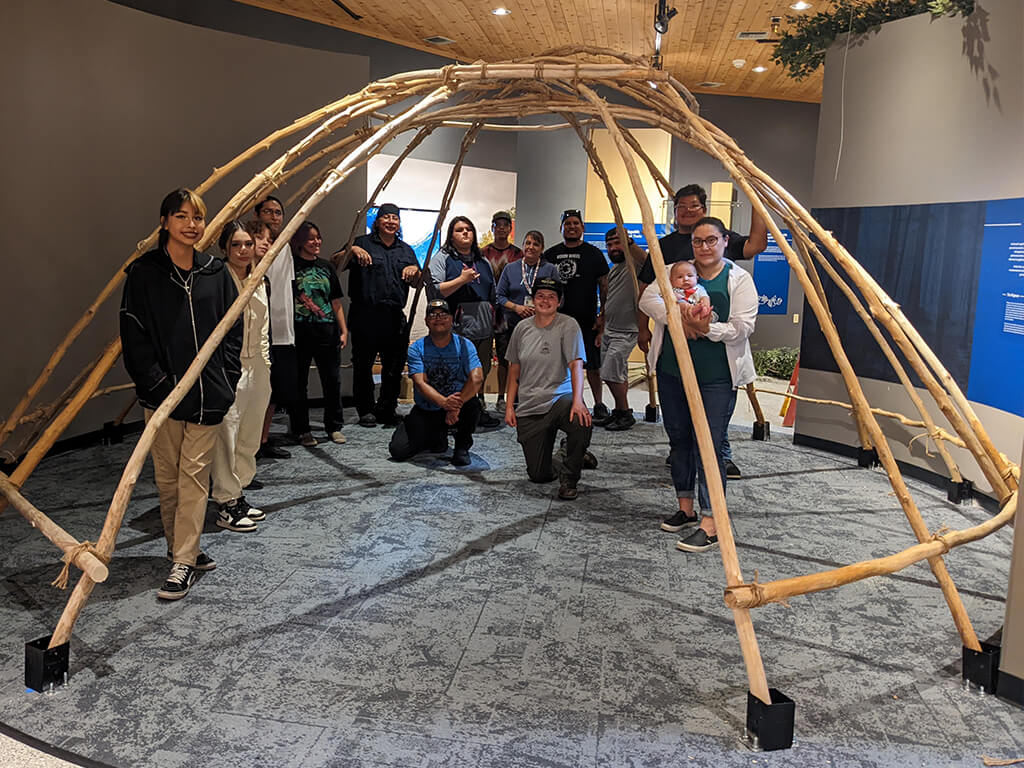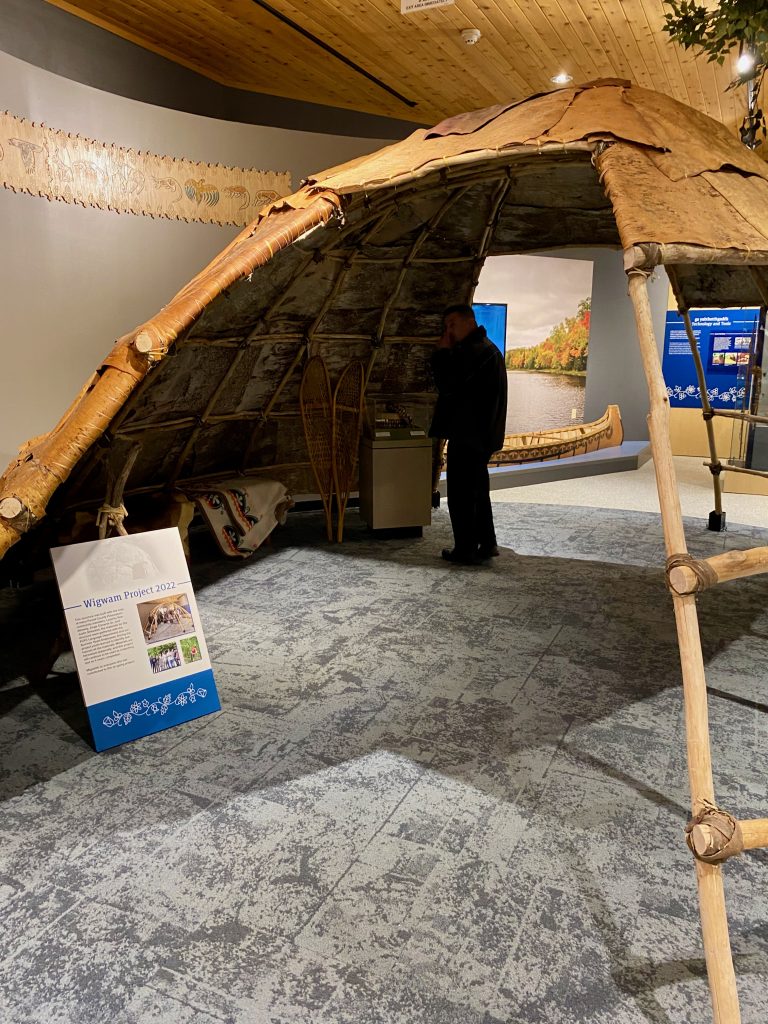
Sharing Culture with Community

A Roundup of January's Community Powered Events and Activities
While our Community Powered project coordinators have focused on listening to community stories and learning about community history, one of the most important aspects of their work is supporting methods of sharing those stories publicly. Sharing stories, culture, and history publicly helps create connections between community members, helps them get to know their neighbors, and fosters a sense of community pride.
In Racine, Anthony has been continuing their work teaching podcasting workshops, this time focusing on audio storytelling and how to create the arc or movement in a story to keep your listeners engaged. On January 23, Anthony hosted their second podcasting workshop, which emphasized how good storytelling in a podcast can create a relationship with the listener and make them feel connected to the podcaster. By making careful choices about how to tell the story they want to tell, podcasters can create emotions, understanding, and interest in their audience.
Meanwhile, up in Forest County, the FC Potawatomi Community has been preparing to open their new museum exhibit, sharing further cultural resources with their community to showcase Potawatomi language, culture, artifacts, and stories. Sapatis worked closely with his local mentor, Donald Keeble, who is the Museum Director, and had many opportunities to support work toward the new exhibit.

Museum Director and CP local mentor, Donald Keeble, stands at the entrance to the museum.
Wisconsin Humanities Executive Director, Dena Wortzel, and Community Powered Co-Director Chrissy Widmayer were delighted to attend the museum opening on January 27. The event began with a welcome and a drum circle, before Sapatis’ two children, Leo and Sapatis, cut the ribbon and opened the museum to the public. The museum exhibits were family-friendly and interactive. For instance, you can explore and walk through a recreation of a wigwam–one of the projects that Sapatis assisted with alongside local elders and students. You can also sit in a traditional canoe.



The wigwam is pictured here in progress with the team who built it (left), and then on the day of the opening (middle). Sapatis and his son sit in the canoe (right).
Several exhibits also emphasized learning Potawatomi language. On one display, you could learn a variety of different words, like for different modes of transportation. Others announced the names of different animals and plants. The museum also has a timeline of Potawatomi history spanning hundreds of years.



Two displays for language learning–one digital (left), and one physical (center). Both displays speak the word for the object or the animal. Visitors view the exhibit’s history panels (right).
If you get the chance to visit the Forest County Potawatomi in Crandon, Wisconsin, don’t miss the museum! You can learn more about it here: https://www.fcpotawatomi.com/cultural-preservation/.





